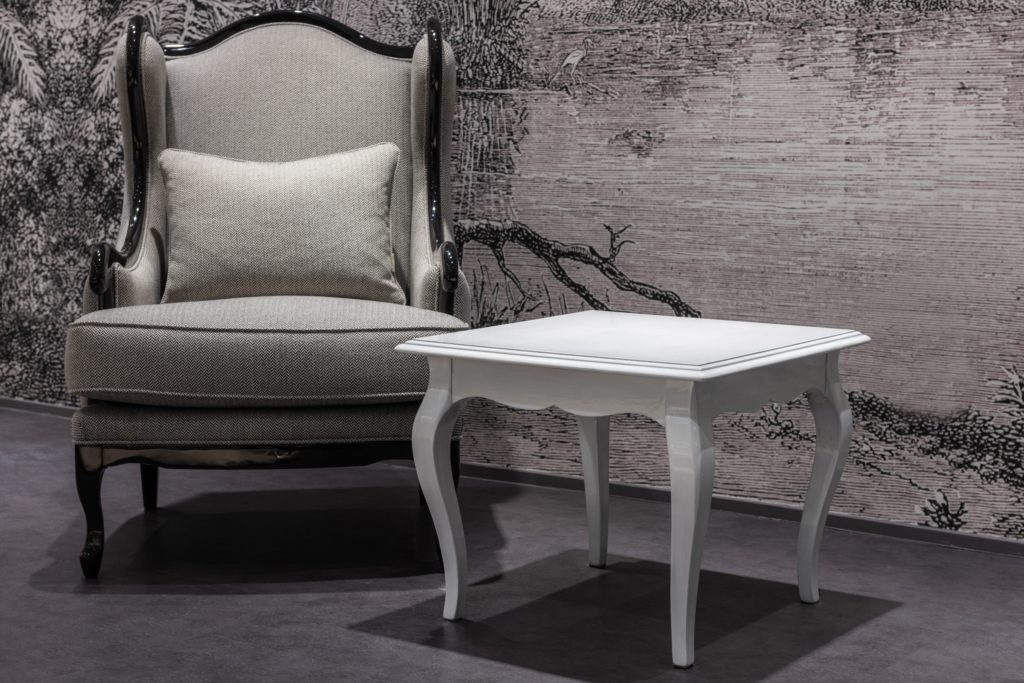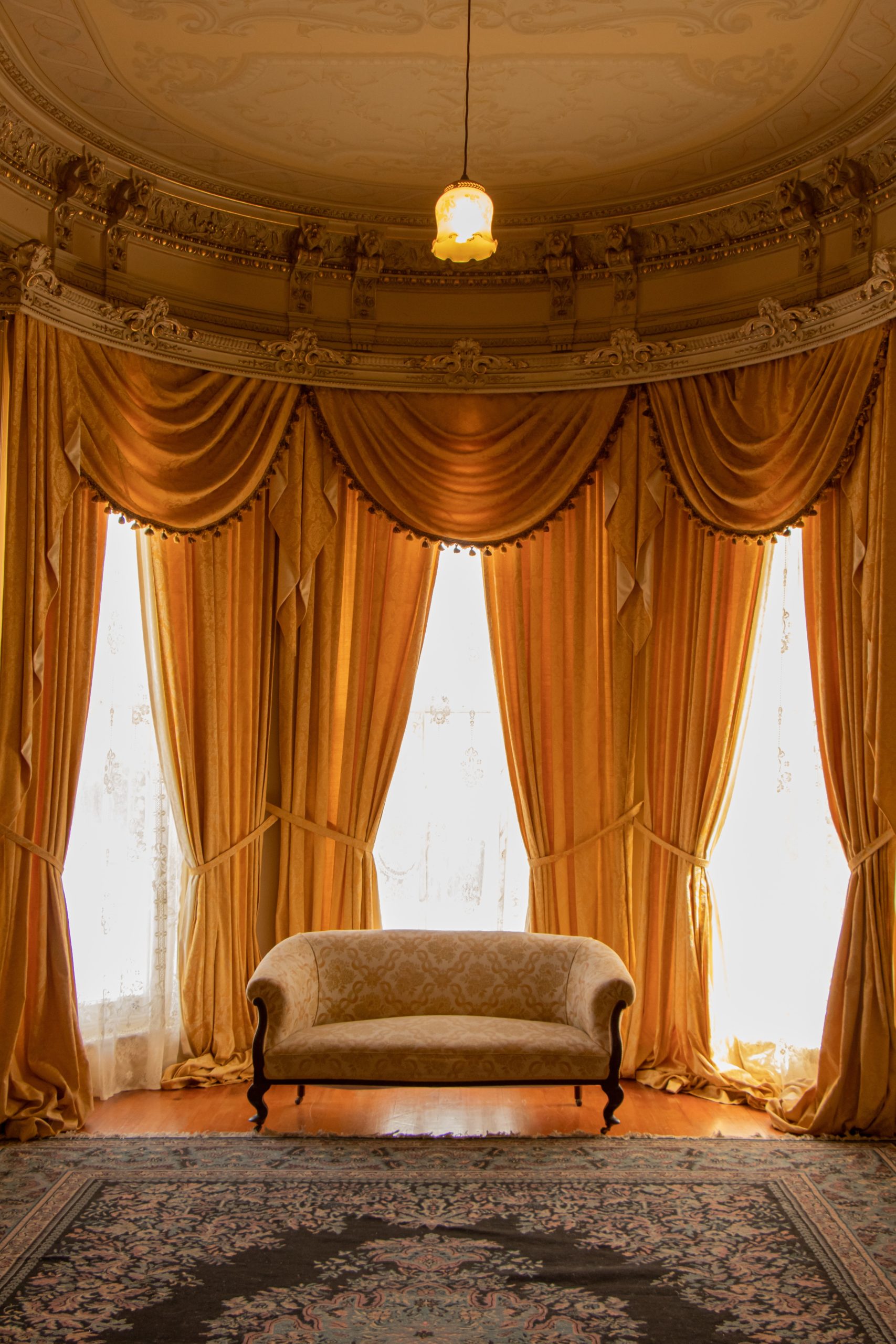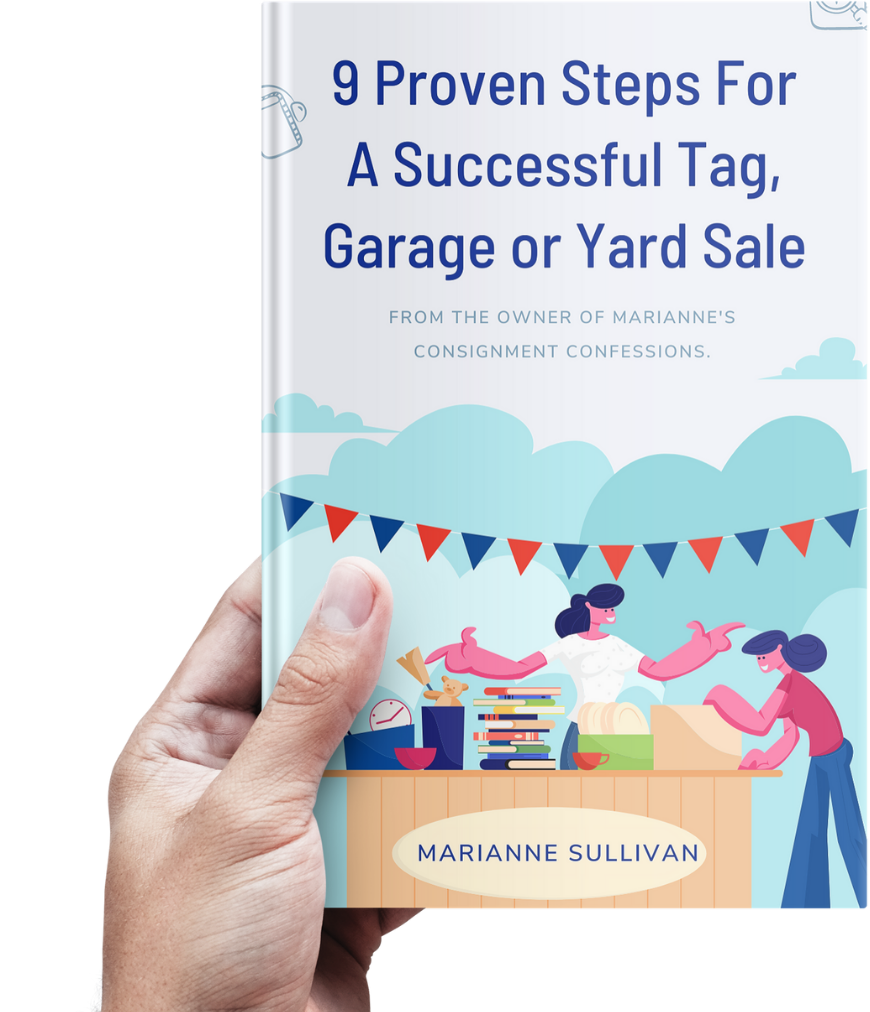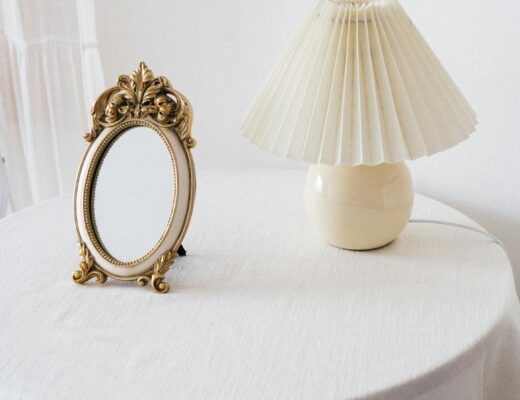
My kids tease me mercilessly about my abject love of furniture: “Really, it has beautiful legs, Mom?” when I’m admiring a desk . Or “Seriously, Mom, you need more hobbies,” when I am going on about the drawer construction in an antique chest (and probably comparing it, unabashedly, to their poorly constructed IKEA piece of choice). I love furniture, it’s weird, I know. I even told you that I speak furniture (see my blog below: Fun Furniture Terms for $200, Alex) so it’s kind of my thing. I take for granted the fact that furniture periods are just something that I know, but I realize that this is not the case for all you non-weirdly-furniture-obsessed humans out there. So that’s our topic today. Don’t worry, though, because there’s a way to cheat when assessing furniture to determine its period: Look at the legs. It’s true. Furniture legs most often change for each furniture style and period, although some periods are better known for other aspects of their design, for sure. So here’s the skinny and carved and substantial on furniture legs from your pal the furniture junkie.
“In the morning a man walks with his whole body; in the evening, only with his legs.”
~ Ralph Waldo Emerson
Queen Ann:
Queen Anne furniture, in my humble opinion, is delicate and graceful, and the leg of Queen Anne pieces is no exception. Queen Anne pieces have a simple, curving legs called Cabriole legs (shown above). They most often have a puddled, pad foot at the end of this curved leg. When Queen Anne furniture came into fashion, the heavy, carved look of the ball foot used previously in William and Mary styling was replaced by this simpler, more graceful leg. So you can tell a piece, antique or new, has Queen Anne styling when you see this cabriole leg.
Empire:
American Empire furniture is quite the opposite of Queen Anne. The leg of Empire pieces is often ornately carved, especially on the feet. Many pieces have articulated toes, showing each toe and toenail of a pawed foot. Most American Empire furniture pieces are heavy and substantial. Empire legs have “meat” to them in terms of design and the legs and feet are bulky, carved or both .
Mission/Arts & Crafts:
Mission is a period of furniture that is very often associated with one man: Gustav Stickley. Although Stickley and his brothers were champions of this period, there are many others who worked in oak and created furniture with simple lines and minimal embellishments. The name of the style was inspired by the furniture found in Franciscan missions in California. The squared leg is known as the Marlborough. The leg is straight and quite simple and decorative feet are almost never used. A foot on legs of Mission furniture is usually block or modified block in style.
Victorian:
When I think of Victorian furniture I usually think of the word fussy. I think it’s because most Victorian furniture is ornately carved, and the legs of these pieces are not excluded from this carving, as a matter-of-fact they are one of its highlights. Victorian furniture can have the cabriole leg of Queen Anne, but then Victorian furniture makers carved the legs extensively. The legs are less substantial than the carved Empire leg and that’s one easy way to tell the difference.
Sheraton:
Sheraton furniture is very often associated with rural cabinetmakers, and therefor it’s lines are simpler and its legs are straighter, rounder and carved but less-so than other periods. Sheraton pieces have less heaviness and weight than Victorian or Empire. Sheraton legs are also frequently reeded, imitating Classical columns.
What Else Is Good About Understanding Furniture Periods:
It’s not exactly a skill you’re going to put on your resume, unless you’re applying for a job with me, but understanding furniture periods gives you both an appreciation for history and of interior design. It also helps you know what pieces might ultimately work well together in your spaces.
Now For a Little Music Before We Go…
“Self-esteem is as important to our well-being as legs are to a table. It is essential for physical and mental health and for happiness.”
Louise Hart























No Comments